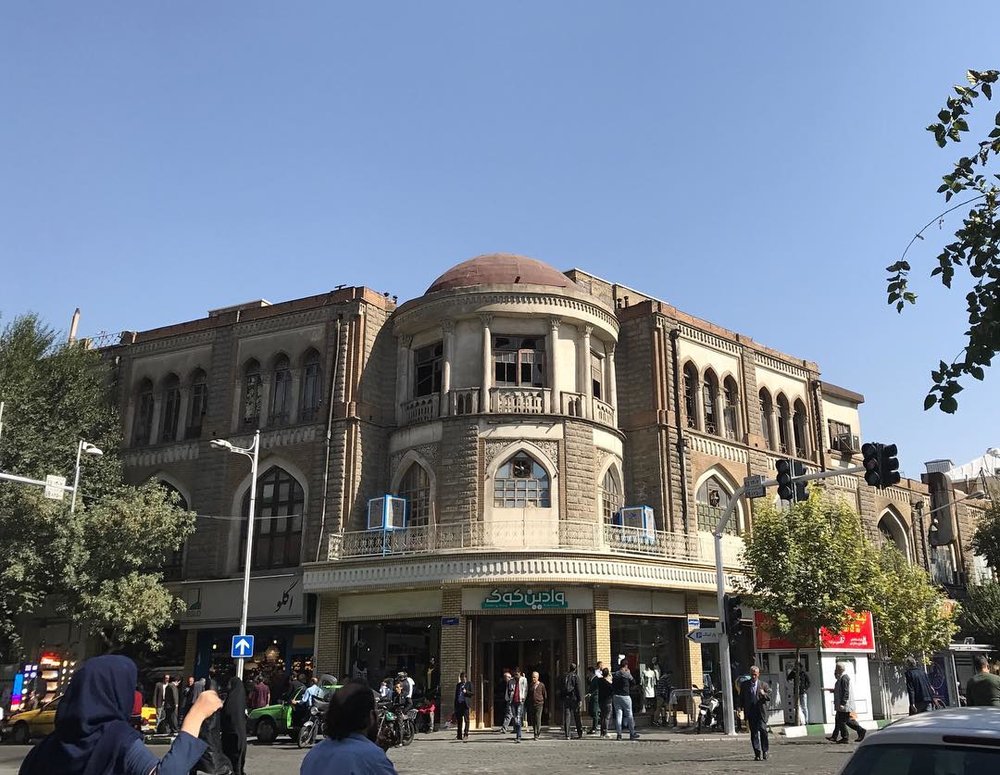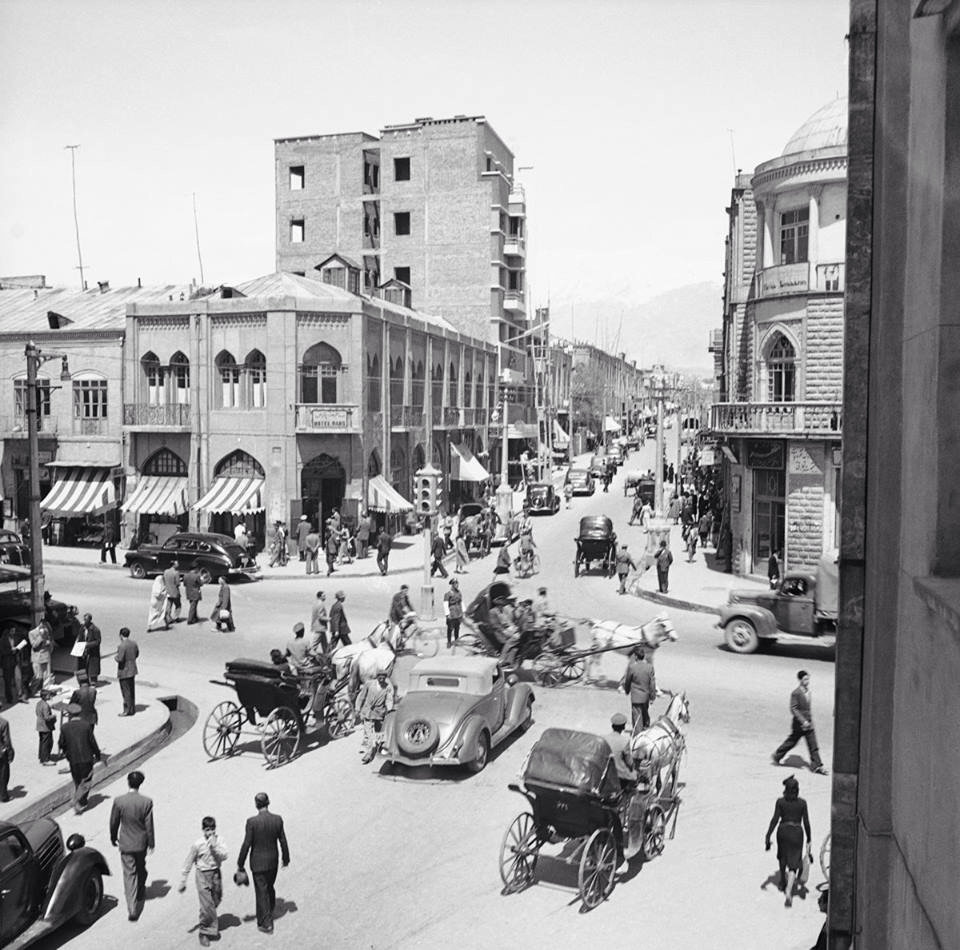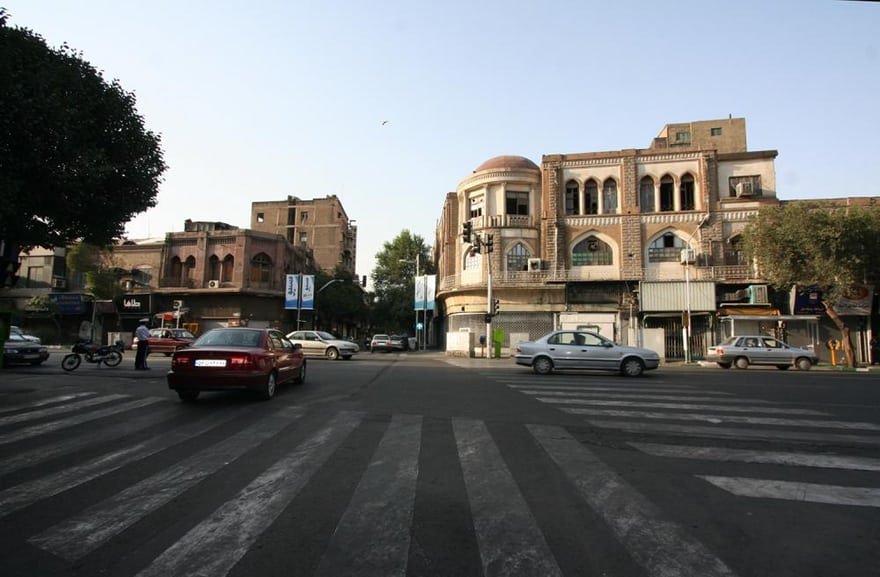Lalehzar: Discovering emergence of modern life in Iran

TEHRAN – In the heart of Tehran, you can find signs for early days of this modern metropolitan at the Lalehzar Street.
Although it is spotted by stores selling electrical appliances, you can discover once Lalehzar Boulevard if you just look upward!
There are still elements of Iranian and western architectures in façades of buildings and signs.
The boulevard was home to modern shops, cafes as well as restaurants.
Lalehzar aesthetic was a combination of Western architecture with national symbols and elements
In 1930s, 40s, and 50s, it was known as Tehran Broadway housing 16 cinema halls. Modern theatre scene started at six theater centers located at the Lalehzar Street.
Lalehzar aesthetic was a combination of Western architecture with national symbols and elements.
Still you can see smooth curves of 1940s-50s architecture on the buildings located at Lalehzar intersections.

Nassereddin Shah Qajar decided tobuild a similar street to Paris' Champs-Élysées Avenue in Tehran
Tehran’s Champs-Élysées Avenue
Nassereddin Shah Qajar (1831 – 1896), first modern Iranian monarch to formally visit Europe in 1873, ordered to build Lalehzar Boulevard in Tehran.
Nassereddin Shah’s Prime Minister Mirza Hossein Khan Sepahsalar encouraged him to take a trip to Europe in 1873.
During his trip to Paris, Nassereddin Shah received a warm welcome during a special ceremony at Champs-Élysées Avenue.
It had such a profound impact on the Iranian king that he decided to build a similar street in Iran’s capital as soon as he returned home.
The existence of cinema halls and theater centers turned the street into a modern hub for cultural activities.

Street view: intersection of Lalezar and Jomhouri Islami Avenue (Photo: Roozbeh and Shaya Shahrestani)
Grand Hotel, a place to remember
It was home to the Grand Hotel, the first Iranian modern hotel and one of the most important places of its time.
Grand hotel hosted first western-style concerts in Tehran. The performances of Iranian national singer and composer Aref Qazvini (1882 – 1934) took place at the venue. He was one of the most influential figures during Constitutional Revolution of Iran, took place between 1905 and 1911. The revolution led to the establishment of a parliament in Iran during the Qajar Dynasty.

The Iranian auteur Ali Hatami (1944 – 1996) built Lalehzar Street with all its attraction in 1980 at Tehran Ghazali Cinema Town
How to get there?
The street is accessible via Ferdowsi, Imam Khomeini and Sa’di metro stations.
If you cannot imagine past Lalehzar Street with its remnants, here we have a suggestion!
The Iranian auteur Ali Hatami (1944 – 1996) built Lalehzar Street with all its attraction in 1980 at Tehran Ghazali Cinema Town, which is located on Shahid Lashgari Highway, Tehran.
***** Lalehzar aesthetic was a combination of Western architecture with national symbols and elements****
PHOTO: Smooth curves of 1940s-50s architecture on the buildings of Lalehzar (Photo: topsy.one)
SB/MG
Leave a Comment